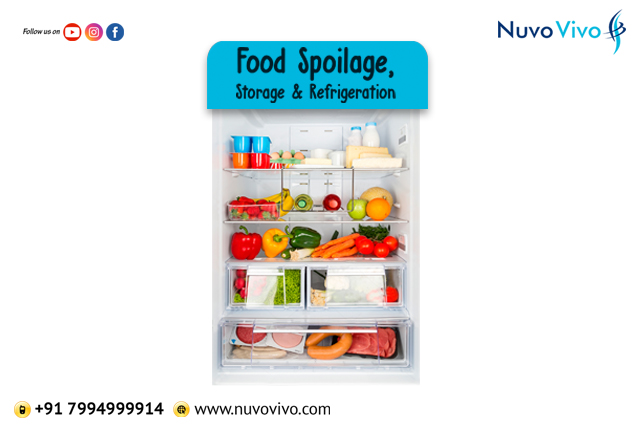We all refrigerate the leftover food so that it does not go stale and we use it for, perhaps, one more day! We also use our refrigerator to stock up vegetables, fruits, milk & dairy products, meat, fish etc
We keep food at low temperature to prevent the growth of harmful bacteria and other microorganisms. But what is the ideal temperature to refrigerate?
In order to preserve the food, the refrigerator temperature should be below 4-degree celsius, while the freezer temperature should be below -18 degrees celsius. We are sure that, you know how important it is to keep the refrigerator clean without any spilling of food. This is to ensure that Cross-contamination does not happen from one food/spillage to another
How do you know that the food is safe to eat?
There could be 2 types of bacteria in refrigerated food – Spoilage Bacteria & Pathogenic Bacteria
Spoilage bacteria make the food soggy, slimy, smelly and visibly stale. The surprising fact is that the food contaminated with spoilage bacteria, may not make you sick, for most parts (there are always exceptions). A person eating such a portion of food may, however, fall sick because of the disgusting taste or odor of the food and not always because of the bacteria in it (Remember, there are exceptions)
However, food contaminated with Pathogenic bacteria can be deadly and can cause even death in certain cases. The bad news is – such contaminated food may not look visibly stale, soggy or smelly or old! This is because such bacteria does not always alter the taste, smell or appearance of the food. Eg – E.Coli, Botulinum, Salmonella etc
While it is easy to smell and differentiate if the food is spoilt, identifying pathogenic bacteria in food is difficult. The only way is appropriate hygiene. Make sure cooked food, especially meat does not stay out without refrigeration for more than 2 hours and keep the refrigerator clean!

